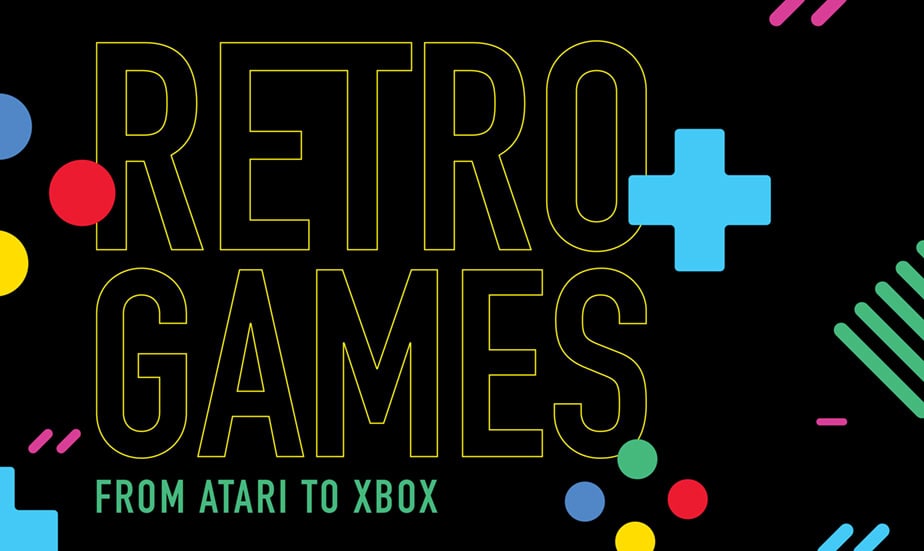
Computers and computer games grew up together and have been inseparable now for over 40 years. It’s been a match made in heaven for the billions of people worldwide that enjoy playing games on computers.
Some early games were created for testing or demos on early computers. Others were just made to have fun, because computing pioneers were human, and humans like to play. With their technologies helping each other to grow and change, the close relationship between games and computing has been very rewarding for the tech sector and the game-playing public throughout computing history. To tell that story, CHM has collected the history of computer games from the beginning.
Here are some of the game artifacts we love from our exhibits and collections.
When SpaceWar! came on the scene in 1961, computers were big and expensive and… serious. This early computer game was fun and addictive to play, but it also ignited interest in programming on college campuses, pushed the limits of technology, and was a step toward interactive personal computing.
CHM has the original Pong prototype that Allan Alcorn made for Nolan Bushnell at Atari. Placed in Andy Capps’ bar in Sunnyvale, California, in 1972, it was so popular it quickly “broke” when it got jammed with quarters, heralding the start of the video game craze.
Before Pong, Bushnell’s first gaming product was the Computer Space machine, which was based on Spacewar! It has a unique design and can be found in the Games Gallery in the Revolution exhibit.
Read 50 Years of Fun with Pong.
The most successful console of the 1970s and early 1980s was the Atari 2600, also known as the “Video Computer System” or VCS. The primitive video hardware gave it a reputation as one of the most complex machines to program. Despite that, clever programmers developed many genre defining games for the VCS, such as Pitfall! and Adventure. CHM has a prototype gifted by Ronald E. Milner.
Ralph Baer’s Brown Box (a replica is pictured at right) was the prototype for the Magnavox Odyssey, the first home game console which predated both the 2600 and Pong.
Computers in the early 1960s weren’t strong on graphics. So Baer, an engineer, came up with an alternative while tinkering in his spare time. He developed a home gaming system using a standard TV as its display that was built in a brown box in 1966. He called it—wait for it—“Brown Box.”
It’s human to play games, and it’s only human to want to meet others who enjoy playing them too… or creating them. At a December CHM Live event, author Jason Schreier described how in the early days of Blizzard Entertainment, professional and personal lives were so intertwined, many employees dated and even married each other. (Read the recap blog about the event.)
And, in CHM’s Make Software: Save the World! exhibit, the World of Warcraft display features the heartwarming story of people who met playing the game online.
This past summer, CHM showcased classic games and gaming systems from CHM’s collection in a popular display that included retro-gaming consoles so visitors could re-play old favorites (and introduce their kids to them). It was a highlight for many.

Here are some visitor comments:
See the display here.
We wouldn’t have games without those who create them (and without those who develop the computers they use to build games).
CHM has featured innovative game makers and gaming technologists on the stage at CHM Live, honored them with Fellow awards (most recently in 2024), written blogs about them, and collected artifacts and oral histories from gaming insiders.
Below are a few highlights.
We’ve shuffled a list of more game-related CHM resources to play around with below. Enjoy!
Computer Games gallery in the Revolution exhibit
Game On article about consoles vs. PCs
Let the Games Begin! article about five decades of gaming
AI and Play, Part I and Part II articles about how games have driven research
The Future of Computer Games: 25 Years Later article from 2014
Interview with Electronic Arts Founder Trip Hawkins
Article about the Pokemon Go craze from 2016
My Gamer Soul Wept with Epic Joy article about visiting Blizzard Entertainment